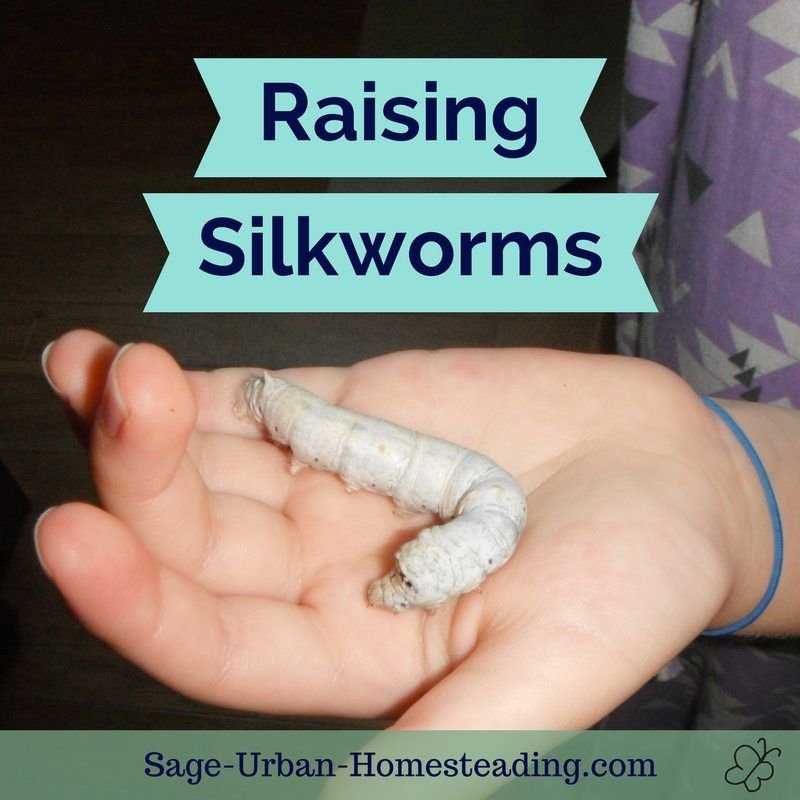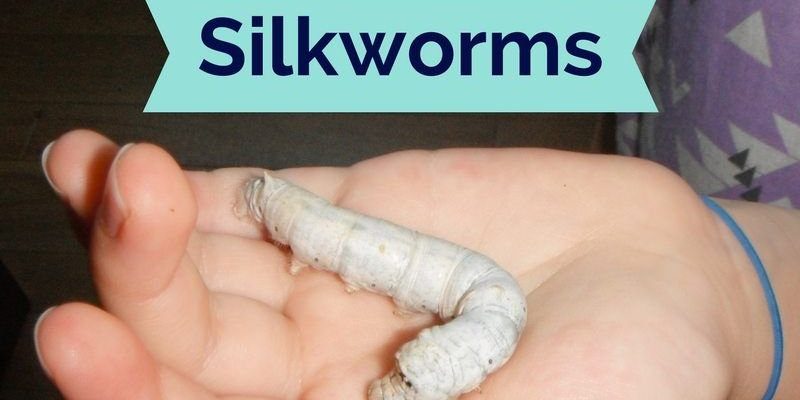
To get started, you’ll need some basic materials, a bit of space, and a sprinkle of patience. Don’t worry if you’re new to this; I’ll guide you through the entire process, step by step. Let’s dive into the nitty-gritty of housing silkworms at home and what you need to do to keep them happy and healthy.
Understanding Silkworm Life Cycle
Understanding the life cycle of silkworms is crucial before you bring them home. Silkworms go through four main stages: egg, larva (caterpillar), pupa (cocoon), and moth. Most of the time, you’ll be working with the larval stage because that’s when they do most of their eating and growing.
– Eggs: This is the first stage and is tiny, about the size of a pinhead. They typically hatch in 10 days if the conditions are right.
– Larvae: When they hatch, silkworms enter the larval stage, where they can eat a lot—up to 100 times their weight! This stage lasts about 4-6 weeks.
– Pupae: After several molts, they spin themselves into a cocoon and enter the pupal stage. This lasts around 2-3 weeks.
– Moths: Finally, they emerge as adult moths, but they only live for about a week and don’t eat during this time!
Understanding this cycle can help you plan your space and resources effectively. You might be wondering how to set up the perfect environment for these little guys, right? Let’s move on to that!
Setting Up the Perfect Silkworm Habitat
Creating a comfortable and safe habitat is key to successful silkworm rearing. You want to mimic their natural environment as closely as possible. Here’s what to consider:
1. Container: A simple plastic tub or aquarium works well. It should be at least a couple of feet wide and tall to give them space to move.
2. Ventilation: Make sure to poke holes in the lid or side of your container for air circulation. Silkworms need fresh air, and proper ventilation helps prevent mold.
3. Bedding: Use clean, soft paper or cloth as bedding. Avoid using materials that might mold easily.
4. Temperature: Keep your setup in a warm area, around 75-95°F (24-35°C). They thrive in warmth!
Setting up an ideal space is a bit like creating a cozy nook for a pet. You want them to feel safe and comfy so they can thrive.
Choosing the Right Food for Silkworms
Feeding your silkworms the right diet is critical for their growth. They are picky eaters, and they primarily feed on mulberry leaves. Here’s what you need to know about their diet:
– Fresh Mulberry Leaves: Harvest them daily or buy them from a local organic source. If you can’t find mulberry leaves, you can use commercial silkworm food available at pet stores or online.
– Hydration: Make sure the leaves are fresh and moist; dry leaves won’t do. You can soak them in water for a few minutes before feeding.
– Feeding Schedule: During the larval stage, feed them at least once a day. Young silkworms eat a lot more than you might think, so don’t skimp!
Honestly, it’s a bit like feeding a toddler—keep it fresh and watch them gobble it up! If you notice they’re not eating, it might be time to check the quality of the leaves or their environment.
Managing Silkworm Growth and Care
As your silkworms grow, they’ll go through several molts where they’ll shed their skin. This can be a little surprising if you’ve never seen it before. Here’s what to do to keep them healthy:
– Monitor Growth: Keep an eye on their growth. Silkworms usually molt multiple times within their larval stage. You should see them growing significantly in size.
– Cleaning: Regularly clean the habitat to remove uneaten food and waste to prevent mold and bacteria growth. This is key to keeping them healthy.
– Space Management: If you start with a few silkworms, you’ll notice they’ll need more space as they grow. Be prepared to transfer them to a larger container if necessary.
Managing these little guys can be a bit like parenting; it requires attention and care. You’ll likely find yourself checking in on them often, which is part of the fun!
Harvesting Silk: What You Need to Know
Once your silkworms complete their larval stage, they will spin cocoons, and that’s your chance to see the magic of silk production. Here’s how it all works:
– Cocoon Formation: Silkworms can spin their cocoons over 2-3 days. This silky thread can be up to a mile long and is made from a protein called fibroin.
– Harvesting: When the cocoons are complete, you can harvest them. You’ll want to carefully remove them from the habitat without damaging them.
– Boiling Technique: To extract silk, many people boil the cocoons in water to kill the pupa inside and unravel the silk threads.
Remember, this part can feel a little intense, especially if you’re not ready for it. Think of it like harvesting vegetables—there’s a process, and it’s a little bit of work.
Common Challenges in Silkworm Rearing
Like any hobby, raising silkworms comes with its challenges. One of the biggest hurdles is maintaining the right environment. Here are some common issues and how to tackle them:
– Mold and Mildew: If you see mold in your habitat, it usually means the environment is too humid or food is left uneaten. Clean it up and adjust air circulation.
– Overcrowding: If your silkworms seem stunted, they might be too cramped. Ensure they have enough space to grow and thrive.
– Temperature Fluctuations: If the temperature suddenly drops, it can stress the silkworms. Use a thermometer to keep track and adjust your setup as needed.
Here’s the thing: just like any project, you’ll learn as you go. Expect some bumps along the way, and address them calmly as they arise.
Enjoying Your Silkworm Experience
Raising silkworms at home is a unique experience. It’s not just about watching them grow; it’s about connecting with nature and understanding the beauty of their lifecycle. Many people find joy in this process, feeling a sense of accomplishment as they nurture these creatures.
Whether you’re in it for the silk, the educational experience, or simply the love of working with living beings, you’re sure to find this journey rewarding. Plus, you might just be inspired to explore more about sustainable practices and how they apply to our everyday lives.
In conclusion, housing silkworms at home is a fulfilling DIY project that offers insight into the natural world. With the right setup and a little care, you can create a thriving environment for these remarkable insects. So, grab your materials, and let’s get started on this exciting journey together!

